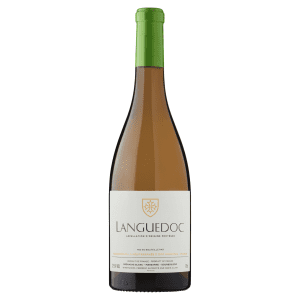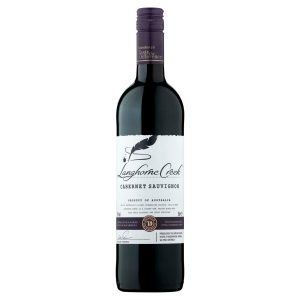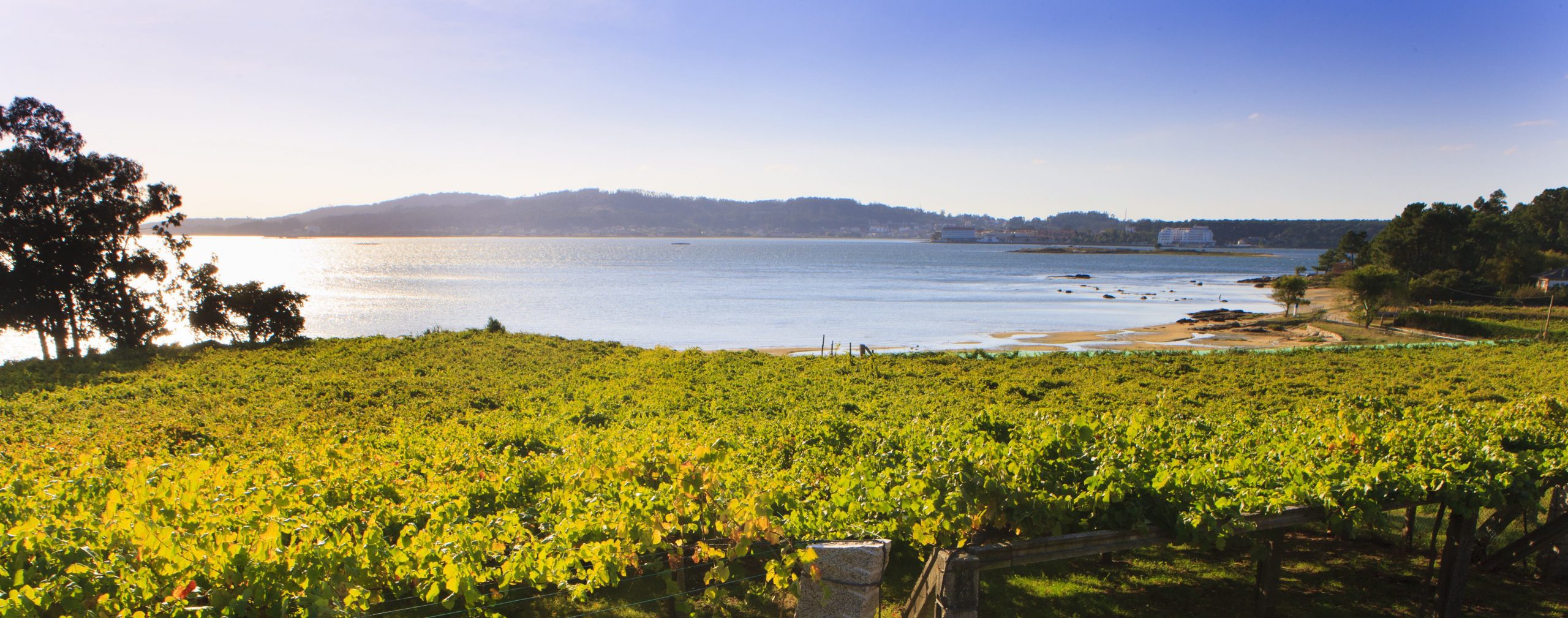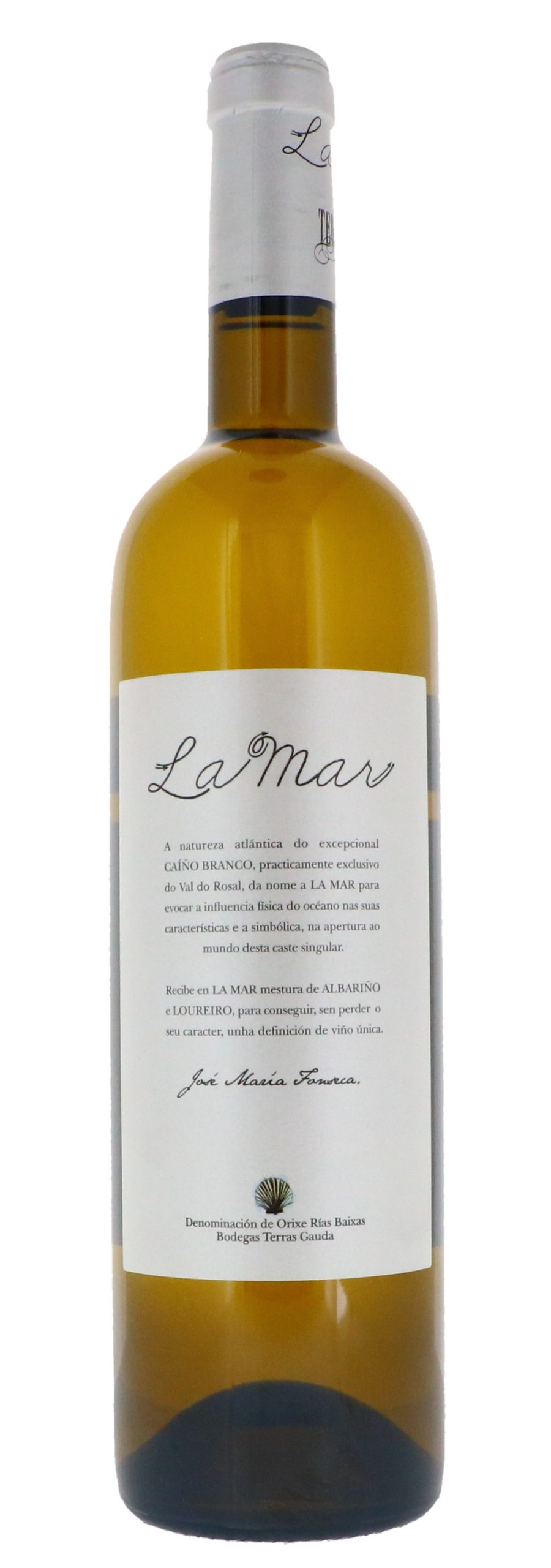A new Lidl Wine Tour starts this morning and will continue until stocks run out or until the next tour begins on 21 November – whichever comes first.
As now seems customary, the September tour is exclusively French and this time includes 30 wines which (apart from the Champagne) are all priced between £4.99 and £10.
I have set out below what (to me) are the highlights but if you want thoughts on others in this promotion, email me direct and I will do my best to help.
Also today we have the usual Best of the Rest and a Top Tip that delves below the surface of a region we have come to love.
As usual, use any picture provided here to guide you quickly towards the wine on crowded shelves – that’s what they are for.

Threatened no more
Not so long ago, roussanne was an endangered species even in its Northern Rhone homeland partly because it was difficult to grow and partly because it was being overshadowed by marsanne.
Nowadays its flavours, sophistication and texture are more widely recognised and good varietal and blended versions are emerging from other areas such as, in this case, Languedoc.
Relish then the medium bodied roundedness in the great value 2018 Roussanne Domaine du Grand Selve (£5.99 at Lidl and 12.5% abv) where fresh apple and lemon fruit is supported by a delightful spiciness and just a suspicion of sweetness.
Sticking in Languedoc

Languedoc’s picpoul was once considered an inexpensive alternative to muscadet which is ironic given that it now regularly outperforms and probably outsells the latter – although a muscadet revival is currently under way.
Illustrating picpoul’s style especially well, 2018 Le Rocher de Saint Victor Picpoul de Pinet (£6.99 and 12.5%) has sharp acidity, textured yet soft apple and peach fruit and just a suspicion of spice (cinnamon or clove perhaps).
Now to the opposite end of France

Alsace is noted for its talent with grape varieties that seldom prosper in other parts of France and that is certainly true of the spicy, perfumed and distinctive gewürztraminer.
Lighter in texture than many of its peers, 2018 Gewurztraminer Camille Meyer (£8.99 and 13%) compensates with a softness and depth of flavours that seem to include a glorious cocktail of mint, honey, red apple and peach components.
Switching to red but still in Alsace

One Alsace variety that, nevertheless, is well represented in the rest of the country is, of course, pinot noir but – even then – the style in Alsace seems different and serves to underline the individuality of this fantastic corner of France which so generously repays any time you spend there.
Soft and with minimal tannin 2018 Jean Cornelius Pinot Noir (£7.49 and 13%) has clear-cut raspberry and plum fruit within a good texture that is neatly embellished with hints of cinnamon.
Down to the Rhone

As few as 20 Rhone communes are allowed to add their village name to the Cotes du Rhone Villages appellation and only then if the grapes are wholly from that commune and meet strict conditions; Valreas is one of those communes.
Full but with modest tannin 2018 Valreas Cotes du Rhone Villages (£6.99 and 13.5%) has minty cherry and raspberry fruit with sharp acidity but also contains vanilla influenced savoury edges.
A marriage of extremes

Blending the muscular tannat grape with a soft and gentle partner (merlot in this case) is relatively common in South America but less so – as here – in South West France but the marriage actually works rather well to bring us an attractive and great value red.
2018 Cȏtes de Gascogne Merlot Tannat (£5.99 and 13%) has smooth yet full and bold cherry and raspberry fruit with suggestions of herbs and cinnamon spice but only sparing levels of the tannin that has inhibited tannat’s broader success as a grape variety.
To Bordeaux for a sweetie

Using the depth of semillon, the sweet influences of muscadelle and the acidity of sauvignon, Bordeaux’s Sauternes region has sweet wine (and the blending to make it special) pretty well sewn up.
See what I mean with the great value 2017 Comtesse de Balmont Sauternes (£7.49 for a half bottle and 12.5%) which has fresh apple and orange fruit with zesty peel acidity that is all counterbalanced by touches of honey that are reminiscent of Crunchie chocolate bars of old.
Finally to Champagne

The champagne in this collection is a pound or so dearer than usual for a Lidl Wine Tour but remains terrific value at under £20 given its skilful blending of the three main Champagne grapes and the fact that its “majority shareholder” (55%) is pinot noir.
Soft and fresh Bissinger Premium Champagne (£18.99 and 12.5%) leads with ripe apple and lemon fruit and wraps it in a lively mousse that adds real sparkle and energy.
BEST OF THE REST
A new variety joins the party

Two familiar white wine grapes from Southern France (grenache blanc and marsanne) are joined in this currently great value blend by the little known bourboulenc – a late ripening variety that can add a rare combination of richness and acidity, and (on a nerdy note) is a permitted variety in both red and white Chateauneuf du Pape.
Aromatic and smooth, 2018 Languedoc Blanc (£6 – instead of £7 until 8 October – at Asda and 12.5%) has creamy orange and quince fruit with accompanying zesty acidity and a slightly nutty, fennel based savoury depth.
Meanwhile Down Under ….

Here is a skilfully made Taste the Difference red with the limited tannin that is fashionable these days but which represents great value for money partly because it is not from one of the more illustrious parts of South Australia.
The burly 2017 Taste the Difference Langhorne Creek Cabernet Sauvignon (£6.50 – instead of £7.50 until 8 October – at Sainsbury’s and 14%) punches well above its price point to deliver soft, smooth, raspberry and blackcurrant fruit with firm acidity as well as chocolate, minty and clove influenced depth.
TOP TIP
Tip: To get the most from even an up-and-coming area like Rίas Baixas, exploring the different areas that make it up often handsomely repays the effort.
You know that a wine region has reached “mainstream” status when folk begin to drill down into the detail of sub-regions within its borders.
Since most commentators (including this one) already speak approvingly of Rίas Baixas and the albariño produced there, it is no surprise that the sub-regions within that area have started to come into focus.
First, let’s remind ourselves of the context.

The region (pronounced REE-ass BYE-shus incidentally) sits in the part of Spain to the north of Portugal where Atlantic influences are particularly relevant; rainfall, for instance, is three times that of some other parts of Spain.
All but 5% of the grapes grown on the 20000 individual vineyard plots there are albariño with the US and UK comprising its two biggest export markets.
Within Rίas Baixas, there are five sub-regions but I will take a detailed look at just two of them.
Of the other three, Ribeira do Ulla is the newest and most northerly sub-zone while the sandy and granite based Soutomaior is the smallest. Condado do Tea is a warm but hilly region that occupies the easterly part of the frontier with Portugal.
The oldest (and biggest wine producing) sub-zone is the cool and wet coastal area of Val do Salnes and it is to one of their wines that I go first.

It is the intense aromas of 2018 Albariño Bodegas Calazul (£12.50 at www.corksout.com but available at other independents too and 12.5%) that surface first but these are quickly followed by assertive, ripe conference pear and quince fruit coupled with touches of vanilla and nutmeg, lime and grapefruit acidity and suggestions of that classic saline savouriness too.
The second wine is from the O Rosal area which is the most southerly sub-zone and follows the Mino river from Rio Mino down to the Atlantic and, more significantly, this example uses the much rarer (and very local) caino blanco grape.
As we shall see, wine from that grape tends to be denser and creamier than albariño and, despite being a devil to grow, transmits its terroir more faithfully – as noted by Oz Clarke in his excellent Grapes & Wines book.

One of the regions most acclaimed producers, Terras Gauda, is behind 2017 La Mar Caino Blanco (£28.99 at www. smilinggrape.com and 12.5%) which is smoother and more textured (but much less aromatic) than the Calazul and supports its orchard fruit backbone with touches of orange and other tropical fruits but contains herbal influences as well.
Being a more specialised wine, this is the more complex (and, inevitably, the more expensive) of the two but both are great quality wines and well worth seeking out.
They signal up what a great story Rίas Baixas has to tell when you penetrate beyond the scant knowledge we currently have of the region.
While it may be some time before we view Salnes and Rosal in the way we think of Saint Emilion and the Medoc (rather than simply talking of Bordeaux), possibly a journey a bit like that may be about to begin.









2 responses
Hi Brian
Looks like Lidl has hit the spot again with some great affordable wines, the Roussanne, Gewurzt, Merlot Tannat and the Jean Cornelius (big fan) will all find there way into my basket next time I visit the store.
Loving the article on Rias Baixas, Galicia is a fantastic region of Spain, well worth a visit and not just for Albarino. The Ciano Blanco sounds interesting, new one for me (think I would probably like it as well) if still a little on the expensive side.
Wine aside, if you are in the Galicia area, Santiago De Compostela is stunning (with a cathedral that will take your breath away)
Thanks for your thoughts on those wines Dave and in particular for the tip about where to visit in Galicia, Always good to hear from you.